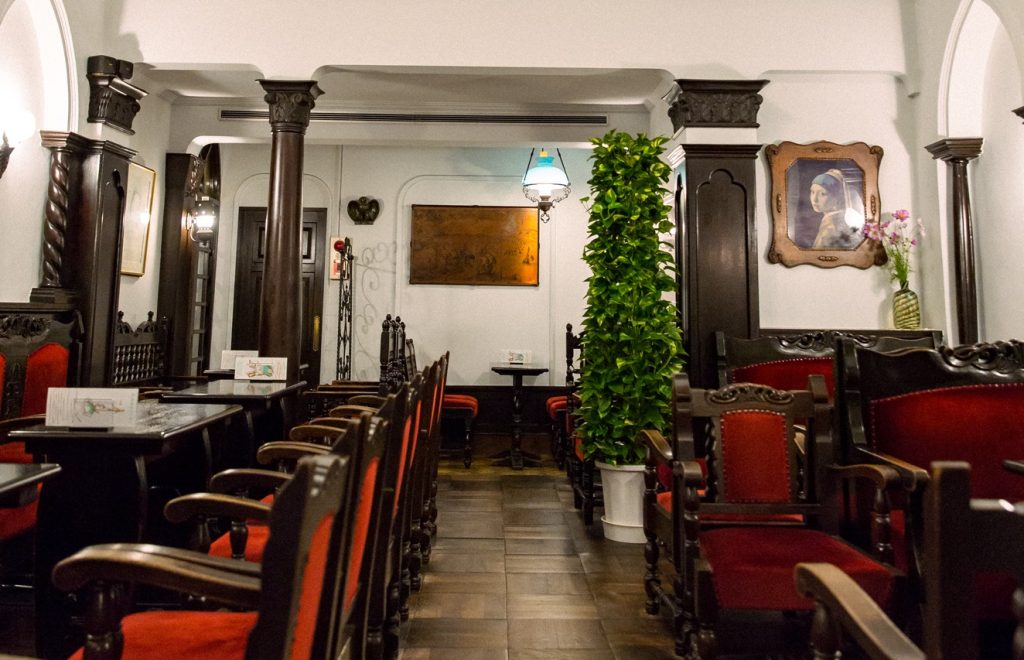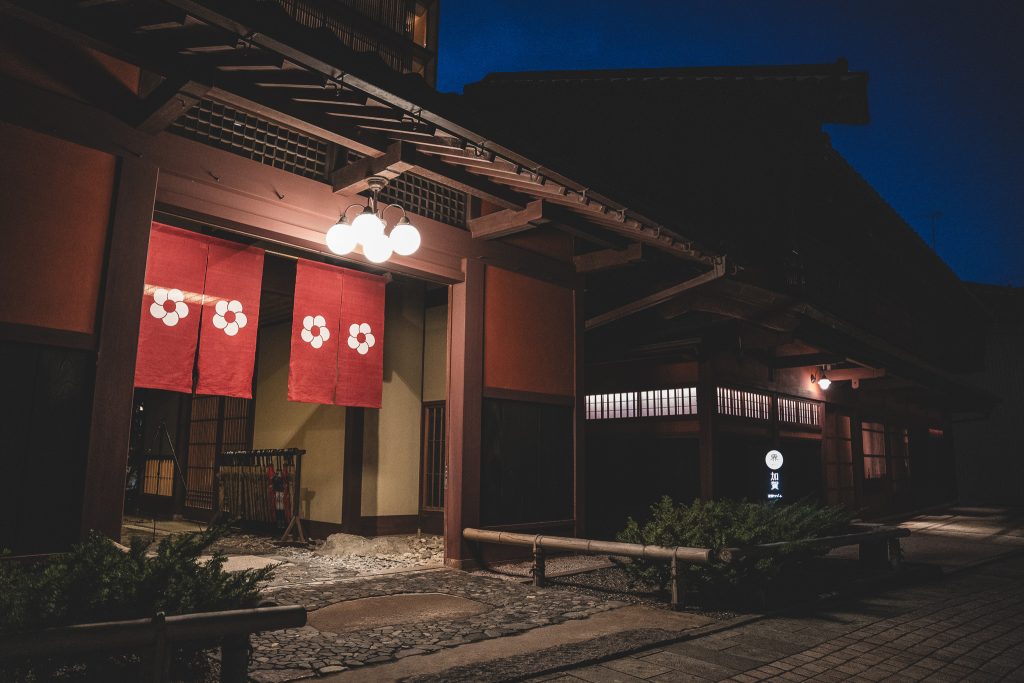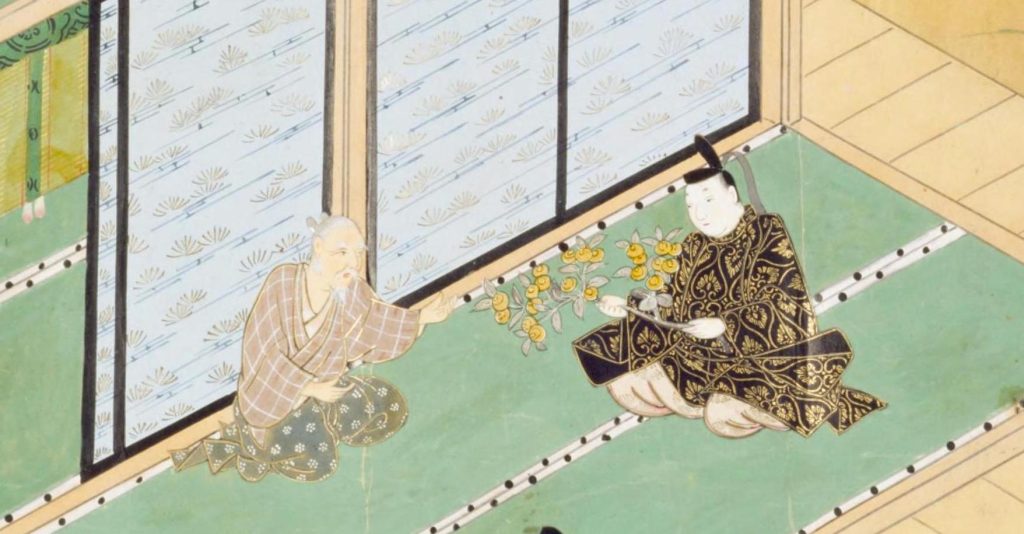The gods of Kumano accept everyone
Kumano is located at the edge of mainland Japan, south of the ancient capitals of Kyoto and Nara. A place of Sangaku shugen (山岳修験, mountain worshipping), its natural environment and climate vary greatly, from the mountains shrouded in morning mist to the strange cliffs created by the rough waves of the Kuroshio (黒潮) current via the Kumano River. While the region has benefitted from a variety of blessings from its mild climate and large forests nurtured by abundant rainfall, and from the ocean where tidal currents run, it also experienced the great flood of the Meiji period that washed away the shrine buildings of the Kumano Hongu Taisha (熊野本宮大社) and Typhoon 12 in September 2011, which caused extensive damage over a wide area. As a high rainfall area and a pathway for typhoons, the people of Kumano have lived together with the blessings and wonders of nature.
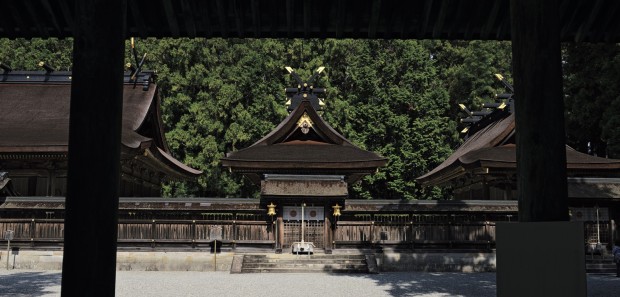
Kumano Hongu Taisha
Address 1110 Hongu, Hongu-cho, Tanabe City, Wakayama Prefecture
Pilgrimages to Kumano began in the Heian period, when the emperor discovered the paradise of the present world in Kumano. Kodo (古道) walks quickly became popular among the nobility, and soon even warriors and commoners set their sights on Kumano. The ancient mountain paths through the cedar groves were a way of asceticism, prayer and healing. Even today, when the paths in the mountains have been somewhat improved, they are still paths that lead to the Holy Land only through hardship and labour. Kumano, which has thus welcomed people from all walks of life and a variety of beliefs, including Shintoism, Buddhism and Shugendo, was inscribed as a World Heritage Site in 2004 as part of the ‘Sacred Sites and Pilgrimage Routes in the Kii Mountain Range’.
Now, once you have passed through the shrine’s torii gate, please take your time walking along the approach to the shrine. Even if you are walking with someone, pause your conversation for just a moment. Listen carefully to the sound of leaves rustling in the wind and feel the warmth of the sun filtering through the trees, and by the time you ring the bell at the shrine, you will surely be at peace. Although pilgrimages to the Kumano Sanzan and ancient road walks may differ from those of the Heian period, they will both calm and heal a restless mind and give it a certain amount of strength. Perhaps the greatest benefit of a pilgrimage to a place where the gods descend is to regain peace of mind in this way.
Nachi waterfall (那智の瀧 : Hiro jinjya (飛瀧神社))
The Nachi waterfall is a famous waterfall that descends 133 m from the 13 m wide Choshi entrance, the highest drop in Japan. It was discovered by Emperor Jinmu (神武) during his eastern expedition to Kumano and enshrined as a deity. Even today, there is no shrine or hall of worship, but only a frontal view of the waterfall. Even if you are not a monk, you may benefit from the clean air and misty droplets.
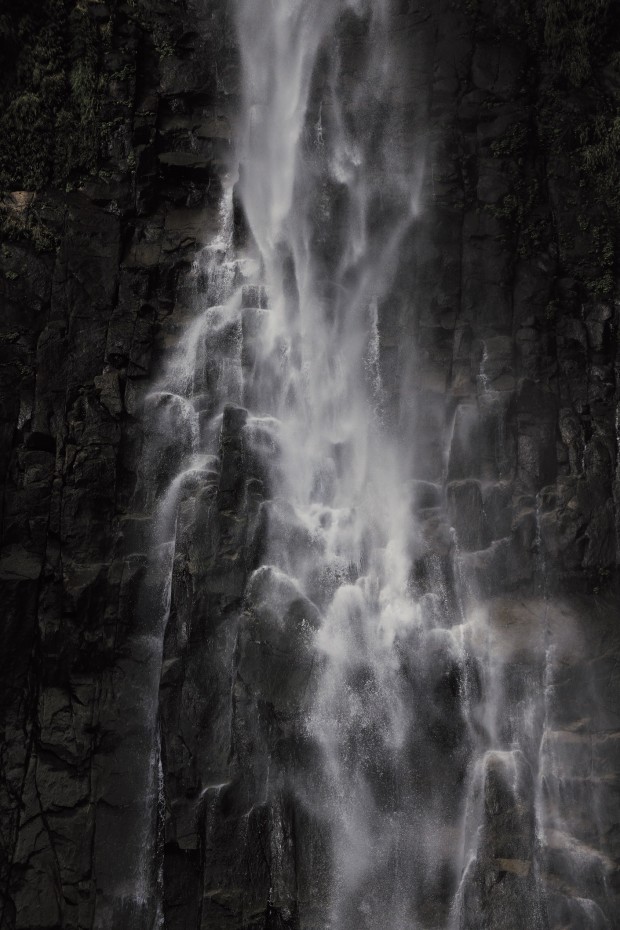
Kumano Nachi Taisha (熊野那智大社)
The beautifully painted shrine pavilion overlooking the mountain, which is designated a natural monument as the Nachi primeval forest, is reached from the prefectural road along the Nachi river. This is the headquarters of Kumano Gongen (熊野権現), which was known in olden times as ‘Musubi no miya’ (結宮) because ‘Fusumi (夫須美)’ in Kumano Fusumi no Ookami (熊野夫須美大神), the main deity, is related to ‘Musubi’ . Even today, the shrine is a popular place for people to pray for a variety of different things.
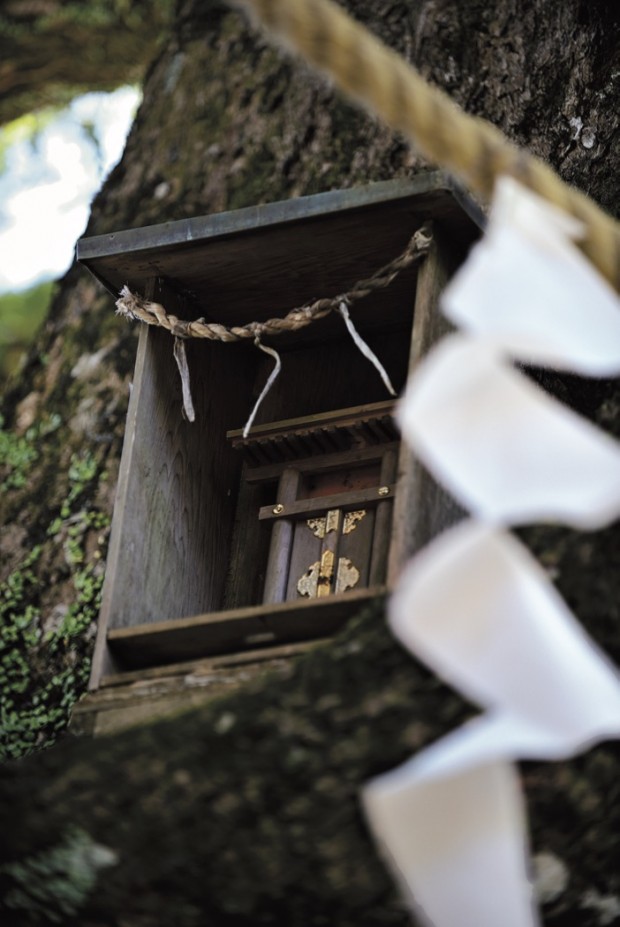
Kumano Hayatama taisha
Hayatama taisha enshrines the gods in a clean and pure Niimiya (新宮) shrine, where prayers are offered and purified in a spirit of gratitude and reverence for nature’s bounty, in the manner of Shinto shrines. The approach to the shrine is through a large nagi (梛) tree, a symbol of the Kumano faith, and once you pass through the shrine gate, you are overwhelmed by the magnificent tan-lacquered Kumano-zukuri shrine pavilions and the Nagare-zukuri (流造) shrine pavilions, the most common type of shrine architecture.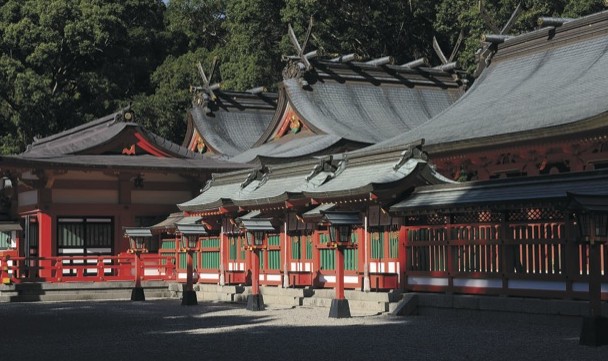
Kumano Kodo (熊野古道)
From ancient times to the Middle Ages, the three mountains of Kumano were highly revered. Many people, from emperors to commoners, lined up to visit Kumano, and the scene was even likened to “ants on the Kumano pilgrimage”. The three routes – Nakahechi (中辺路) from Tanabe to Hongu by mountain road, Ohechi (大辺路) along the coast to Nachi and Hayatama, and Kohechi (小辺路) from Koyasan to Hongu – are registered as World Heritage Sites as the Kumano Pilgrimage Routes.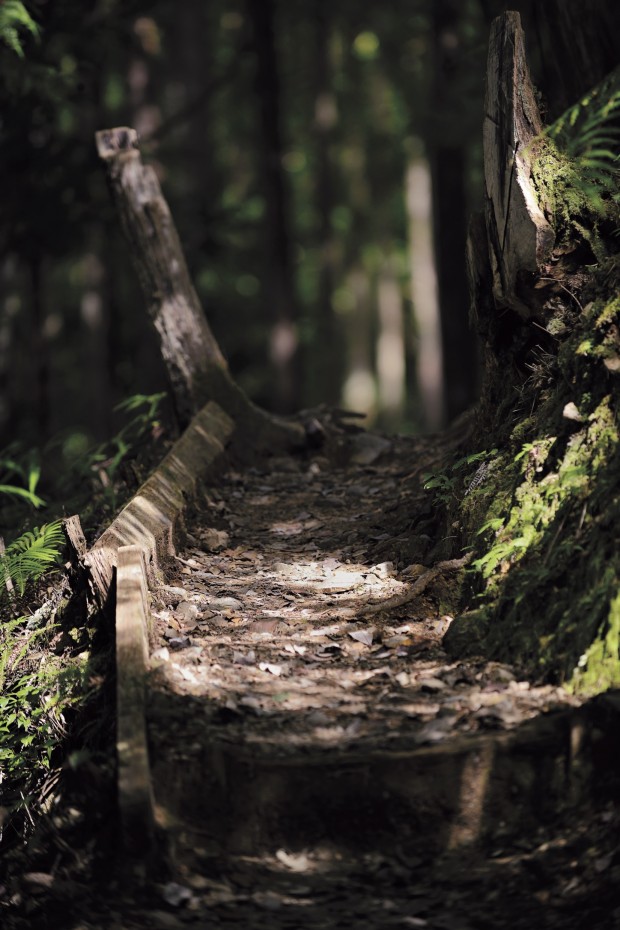
This article is translated from https://intojapanwaraku.com/rock/travel-rock/1317/









